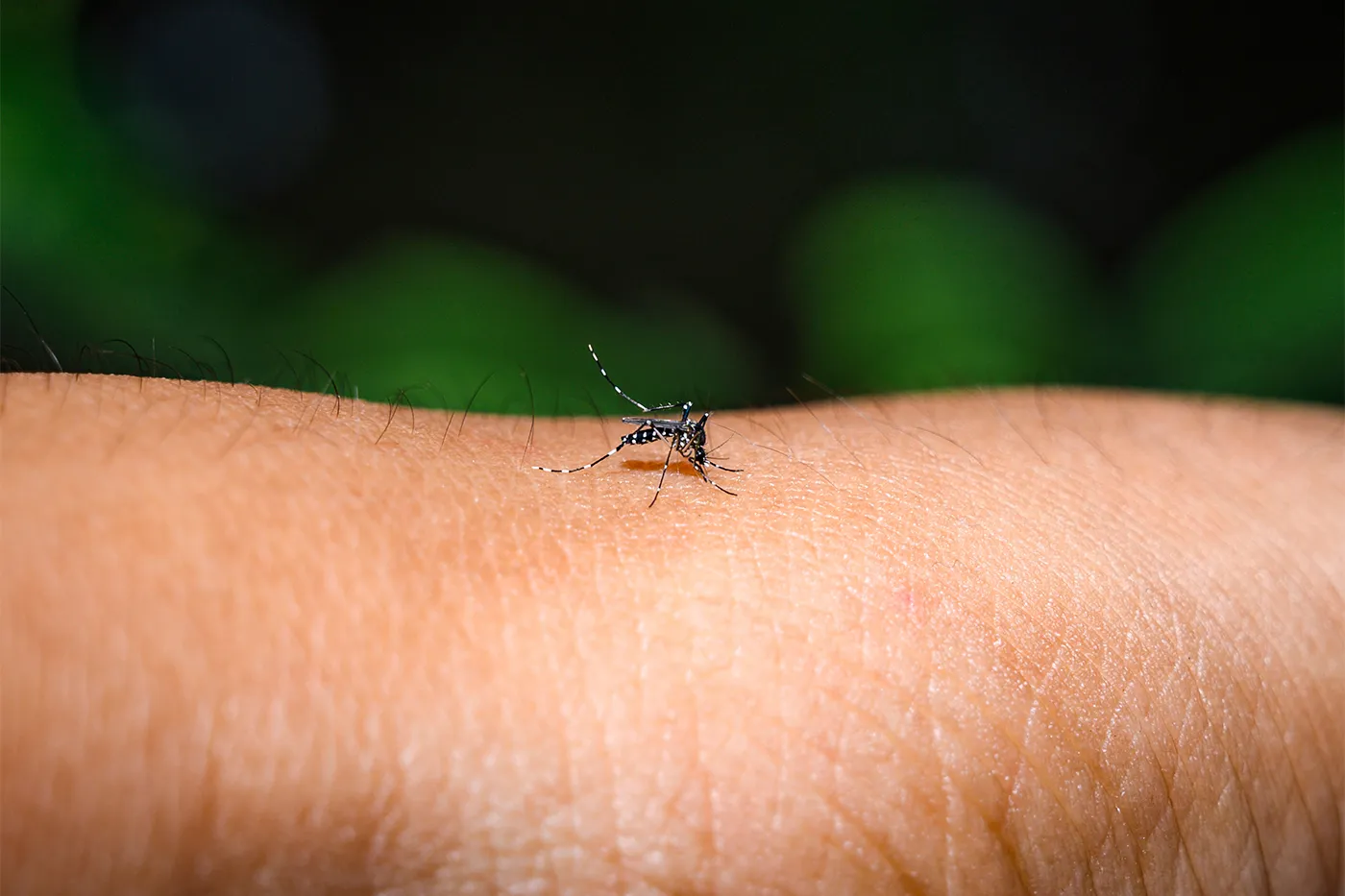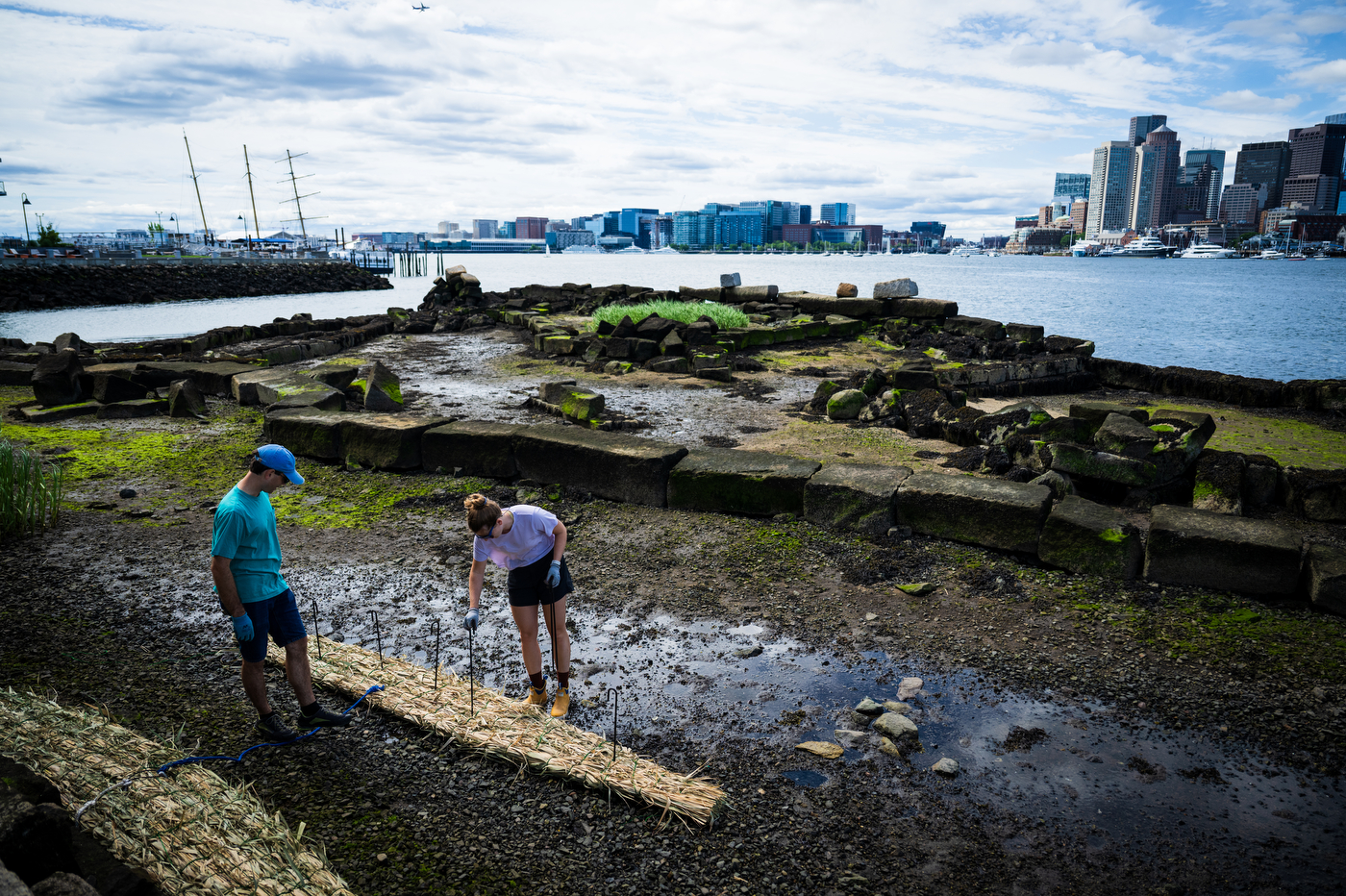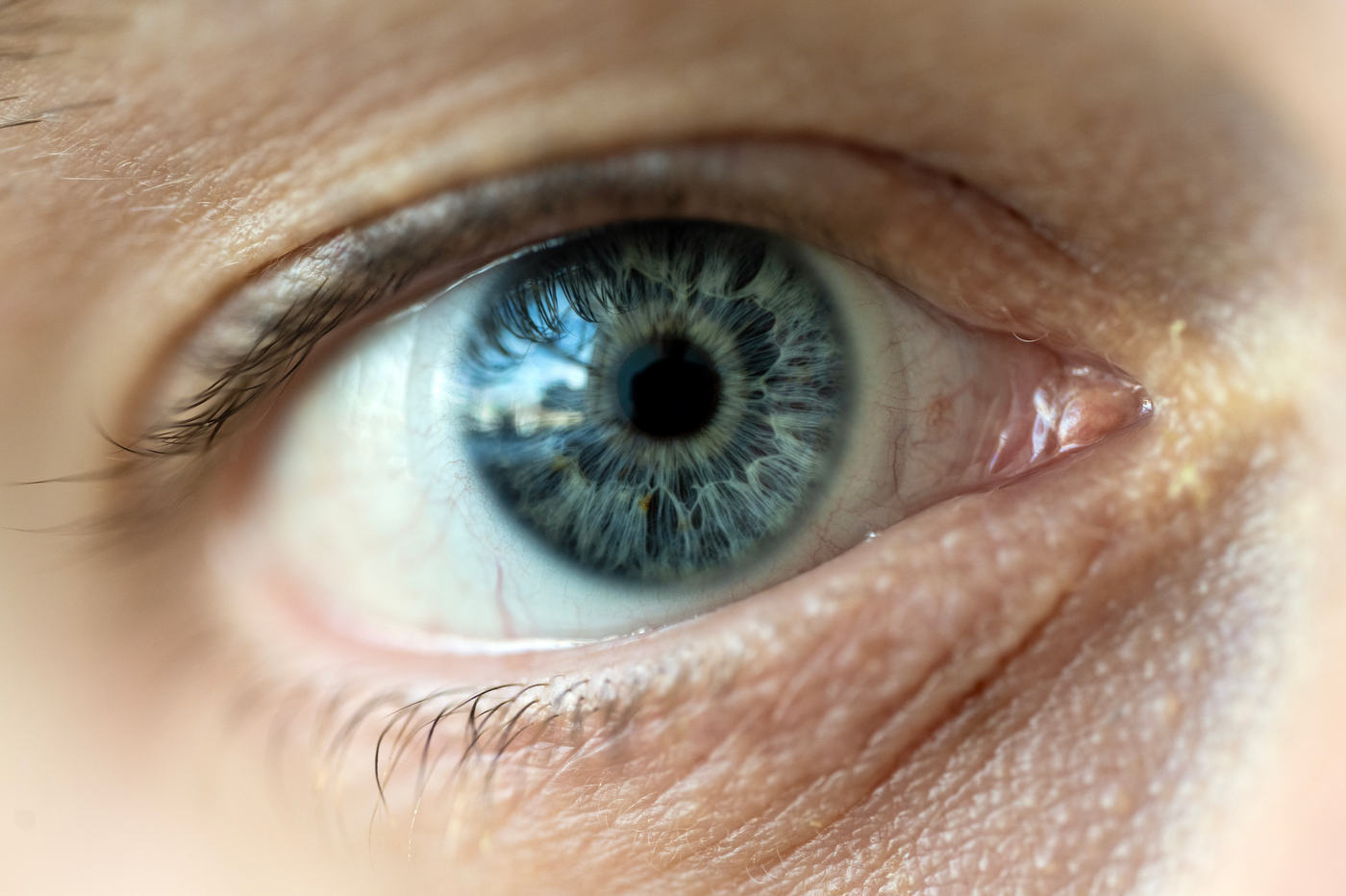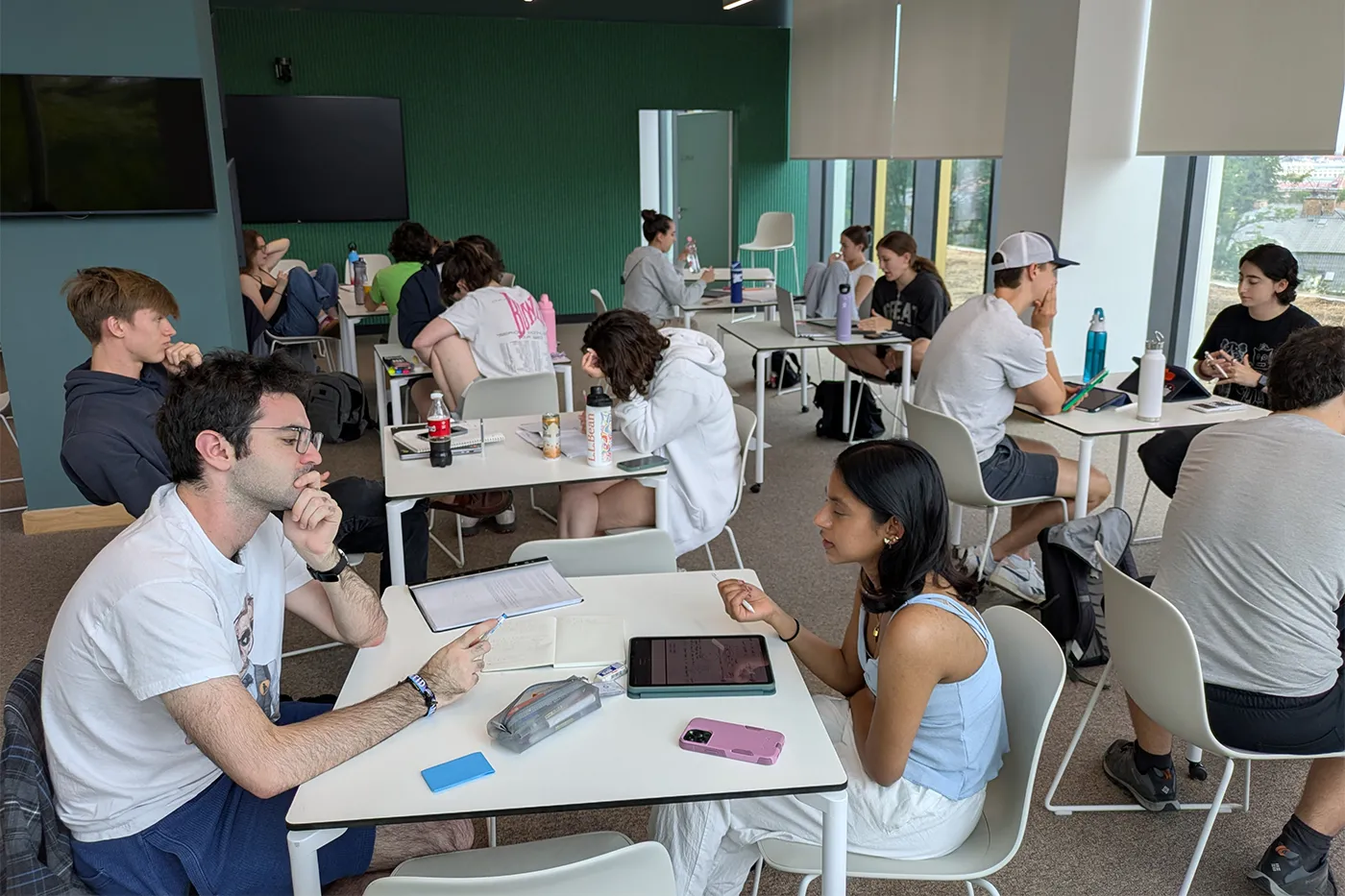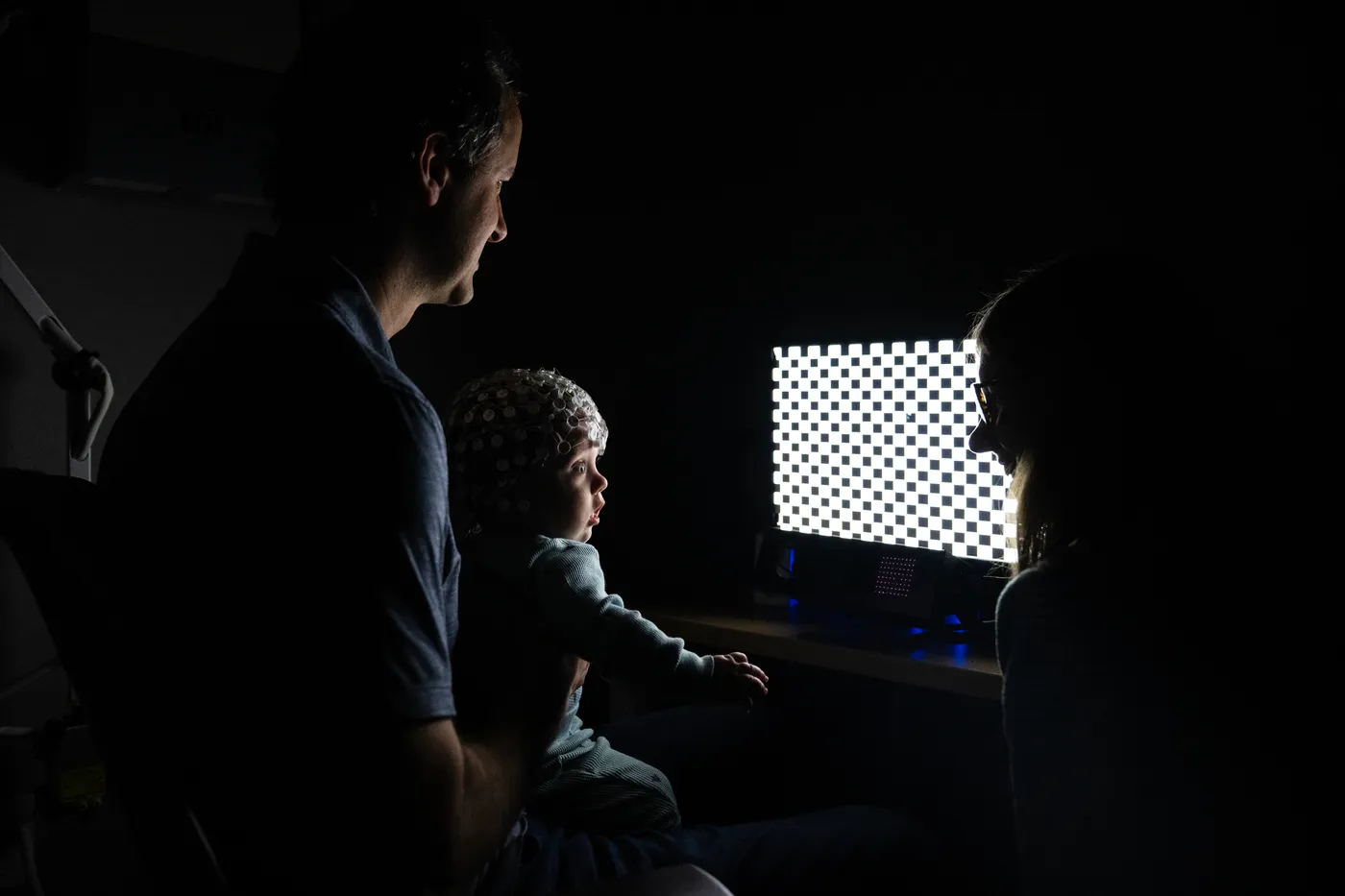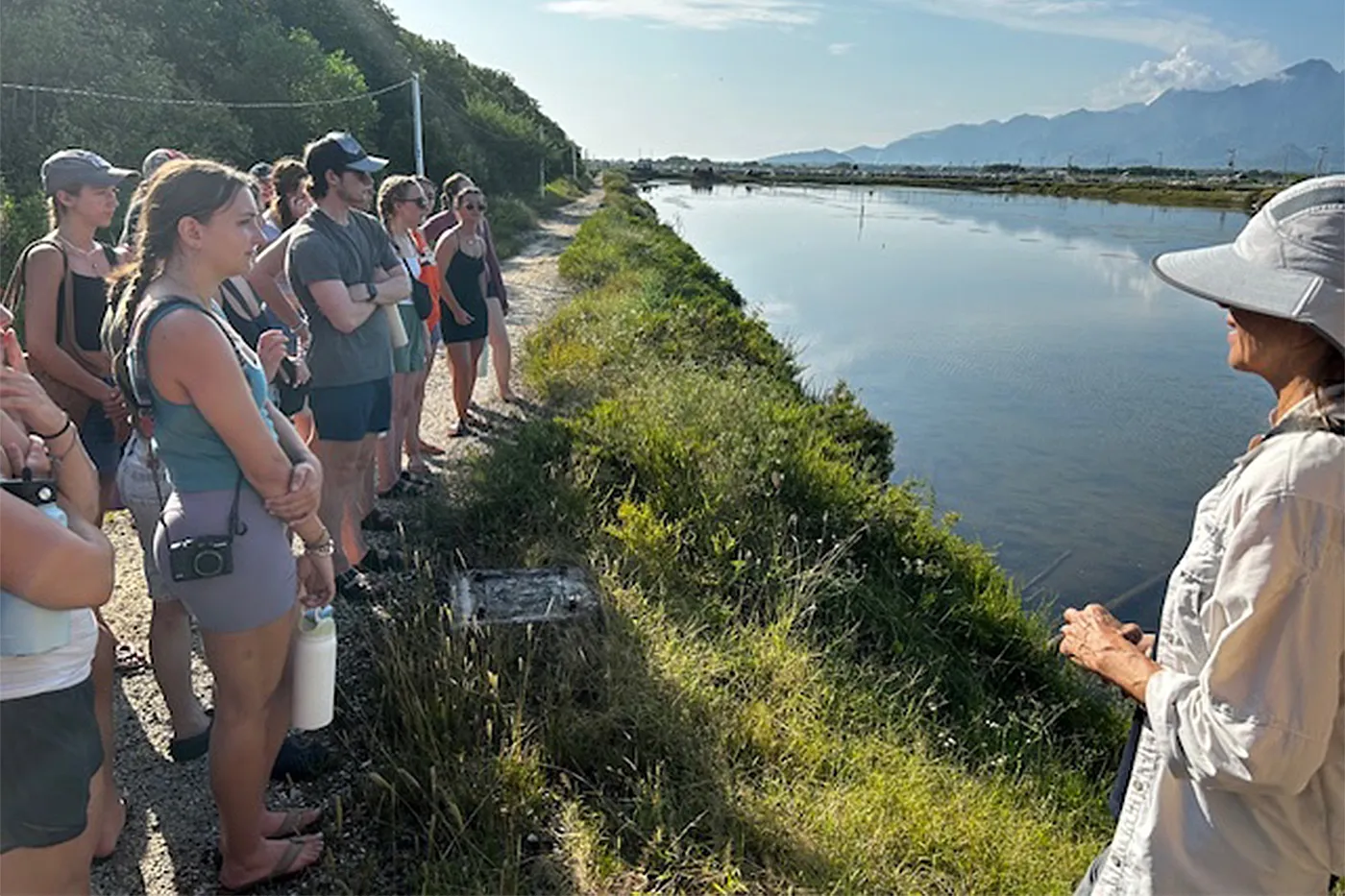In this first week of the semester, my sincere good wishes and hopes that your family and friends are safe in Los Angeles, and amidst other troubles across our nation and the world.
On my living room table and some of my walls are drawings made by my dad, Frederick Sive. Dad was an electrical engineer who made complex circuit diagrams, and also a talented artist – drawing buildings, cityscapes, rooms, gardens, my mom reading, scenes from Johannesburg, New York, Seattle and Boston, places where he’d lived or visited. Those drawings, done in charcoal or colored pens are a record of his life. His hundreds of works have a real-ness that most photos don’t capture, reflecting my dad’s feelings at the time. Looking through his pictures makes me understand that while Gen-AI tools can give great looking graphics, these are flat, an imposter of actual human emotion.
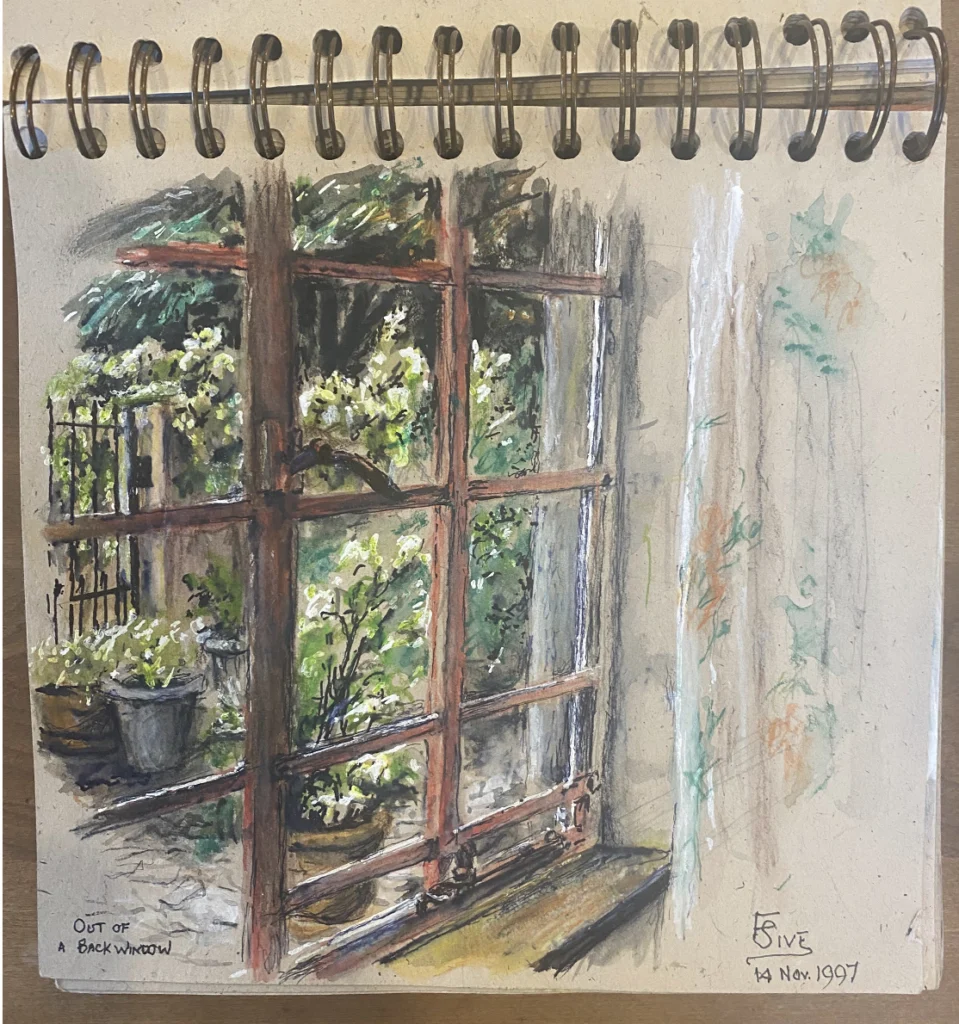
My Dad would encourage me that anyone could draw – he said it was about paying attention to what you could see. And conversely, I think, drawing or diagramming something yourself, from your own mind and with your own paper and pencil helps you to see. It’s difficult but students can greatly benefit from the challenge. Drawing comes in many forms, relevant to almost every science subject, and in many cases integral to the topic. For a decade, I taught an Introductory Biology lab course, with a huge lab that held 100 students at a sitting. One of the modules included understanding how cells multiply, by looking at the first few cell divisions of a sea urchin embryo. The students were amazed to watch in real time under a microscope, as the fertilized egg divided into two cells, then into four and then eight cells, over the span of an afternoon. Magic! For their lab assignment, I asked them to capture the magic and draw the embryo with increasing numbers of cells as they had seen it, and then to neatly label their diagrams. This was new for most, so I held tutorials on how to diagram what you see. Every student got high marks for trying, and the overwhelming feedback from the large class was ‘really difficult, but made me look closely at what I saw, and helped me understand cell division much better than if I had not had to do the drawing’.
As we consider how to meet the challenge of Gen-AI in higher education, we might embrace the power of diagrams and drawings. Let’s have students come up with a first draft of a flowchart, in class, by hand, without help from the internet. Let’s have students make their own drawing of an experiment, a worm, a pathway. The draft may not be especially accurate or tidy, but it will come from the mind of the learner, and that’s immensely powerful. Gen-AI can neaten things up and suggest next iterations that your student can comment on relative to their own draft. It’s fun and mind-stretching, getting to the essence of learning quickly and memorably.
Thank you to every College of Science member, for your outstanding contributions, at so many of our global campuses. Thank you for beginning again, taking your students along their empowering educational journeys this semester. Thank you for your ongoing brilliant research quests. Thank you all for collaborating and using your expertise to build the Good Power of Science at Northeastern University.
With the uptick in respiratory illnesses around the country, please remember that vaccinations against flu, COVID and other infectious diseases will protect you and your family. We have masks available at the Dean’s office front desk in Richards 115, so help yourself.

